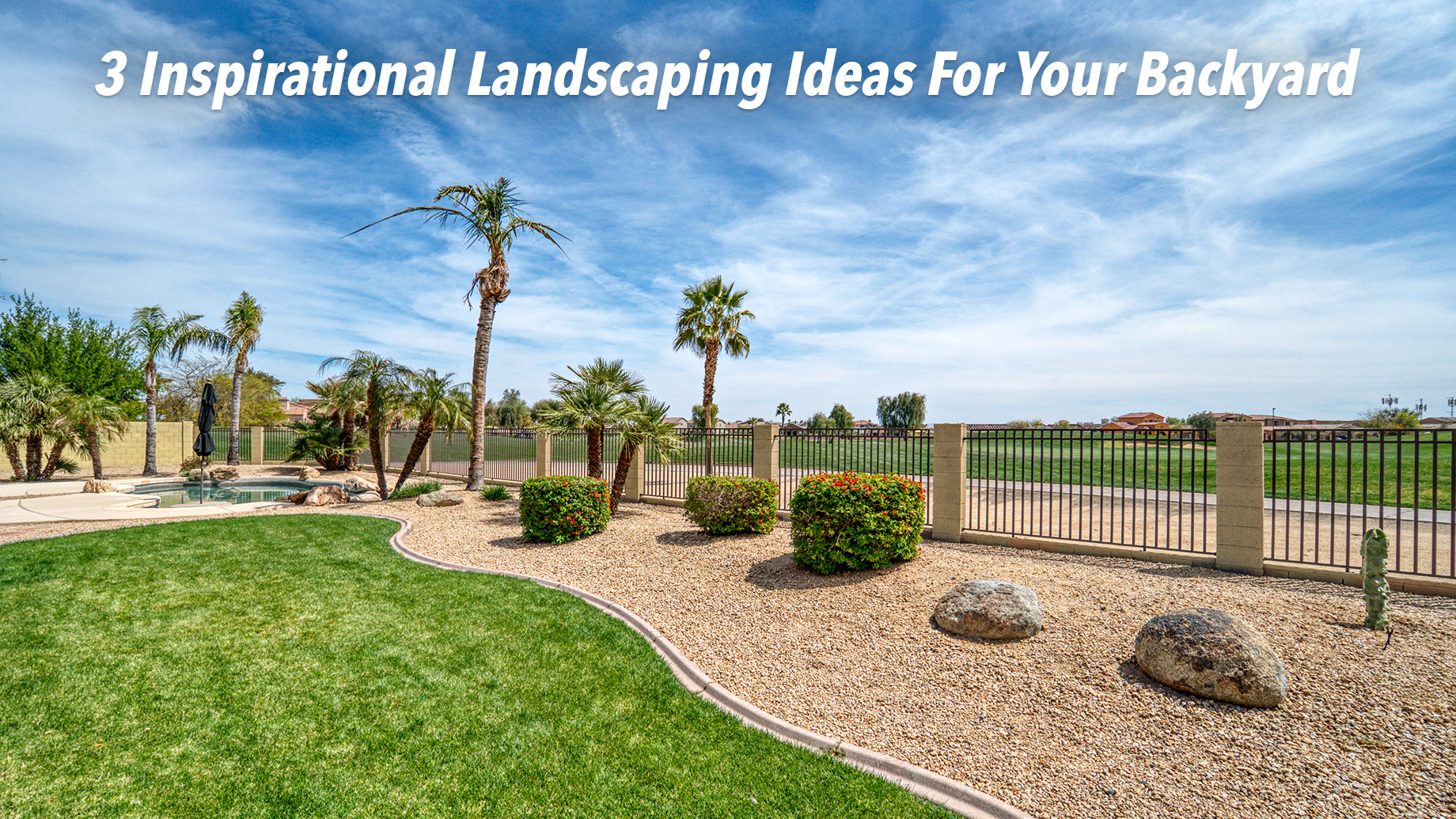
The shift to native plants is the hottest trend for gardening this year as more people realize the ease of maintaining them. Owners do not want hybrid plants anymore as they are more susceptible to disease and need pesticides, herbicides, and insecticides. Native plants, therefore, are good alternatives. They are hardy and low maintenance such that even a beginning gardener can successfully grow a plot with native plants. These plants are also great in sprucing up the landscape of any outdoor space.
Hurricane Resistant Landscaping For Charleston, SC
Charleston is vulnerable to storms and hurricanes due to its geographical location. When hurricanes land in the city, they are troublesome for homes and yards. Hence, the last thing that you want to worry about is whether a tree will fall on your roof or if your home will be inundated. Thus, creating a garden that will repel the forces of nature is desirable. For example, if your abode is near a body of water, you can construct a backyard buffer that will not only protect waterways, but also shield your garden from flooding. The shoreline buffer can be a strip of shrubs, trees, and flowers that stands between your home and the shoreline. Another strategy is to choose salt-tolerant native plants to avoid dehydration when saltwater splashes into your backyard. Wind-resistant trees will have lower chances of being uprooted during a storm and at the same time, act as a buffer to shelter your property from wind damage.
Cool Down A Phoenix, Arizona Garden
Arizona consistently ranks as the top hottest state in the US with average high temperatures of over a hundred degrees from June to September. Therefore, landscaping projects are terribly challenging. However, there are things you can do to help your backyard cope during the hot months. One way is to grow heat-tolerant plants. Native plants also stand a better chance of surviving the Arizona heat. If possible, choose plants that use less water, concentrating on vegetation that requires very little water to thrive. Succulents, annuals, shrubs, and vines are some examples of water-wise plants. Trees also offer shade during the hot months. To prevent the quick evaporation of water, consider mulch that will also protect the roots of your plants when it is very hot outside.
Landscape A Swampy Backyard In Florida
Florida has the greatest number of swamps in America. If your backyard is swampy, there are fixes to make your outdoor space a pleasing place where you can spend quality time with friends and family. First off, you must determine what is causing excess water to accumulate on your property. It can be excess water from the roof or highly compacted soil. The quickest remedy is to till and aerate the soil to improve drainage. Putting a dry well can also redirect excess water and assist with drainage. Grow trees and shrubs that will absorb a lot of water from the soil. Choose plants that are water-thirsty and add in-ground plants such as ivy. The point is to put native plants that grow in wet soil to help with the landscaping.
Landscaping under different conditions is always a challenge. The good news is by using native plants that are low maintenance and adapted to the local climatic conditions, it is easy to transform your backyard into a relaxing oasis.